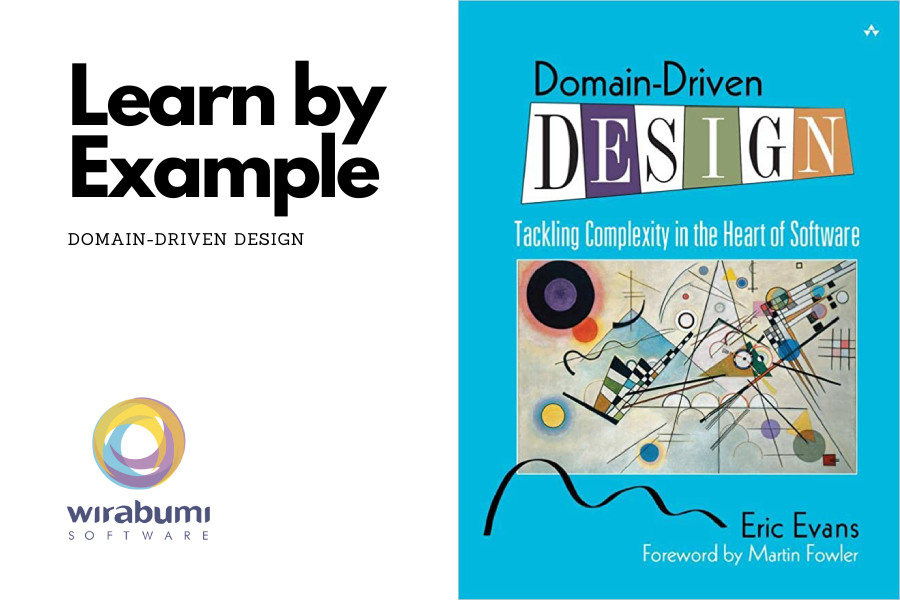Domain-driven design is an approach to software development that emphasizes understanding the business domain and creating a model of the domain that can be used to guide software development. This approach has gained popularity because it can help developers build more effective and maintainable software systems.










